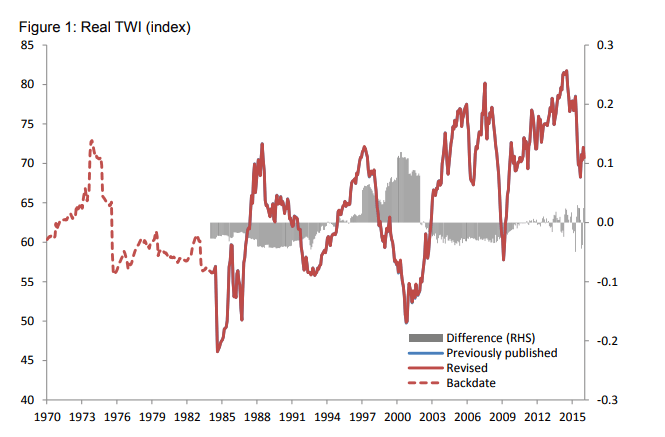 Americans prioritize companies that are responsible (86 percent), caring (85 percent), advocate for issues (81 percent), protect the environment (79 percent) and give back to important causes (73 percent), according to a study by Porter Novelli. These stats showcase the fact that cause marketing is on the rise.
Americans prioritize companies that are responsible (86 percent), caring (85 percent), advocate for issues (81 percent), protect the environment (79 percent) and give back to important causes (73 percent), according to a study by Porter Novelli. These stats showcase the fact that cause marketing is on the rise.
Cause marketing is defined as “the cooperative effort between a for-profit and non-profit for their mutual benefit.” Although it is hardly a new concept, as consumers become more serious about companies with a mission and heart, the financial benefit of cause marketing has grown and is estimated to be upwards of $2.2 billion, an increase of almost 5 percent over last year.
Types of Cause Marketing
Perhaps you’ve seen that donation box at your local grocery store. That’s a simple but effective form of cause marketing. Those micro-donations not only add up, but they create a positive halo over the business that’s encouraging philanthropy.
But cause marketing can also involve major brand campaigns, supported by both digital and conventional advertising, such as Walgreens’ Red Nose Day to end child poverty.
The most common forms of cause marketing are:
- 100 percent of sales donated to a cause
- Buy one, give one
- Donation with purchase
- Proud supporter (e.g., the company gives a grant or a gift to a non-profit or associates itself with a particular social or political movement)
- Volunteerism partnership, whereby employees donate their time for a particular activity
- Gift-matching
- Co-branded events
Some companies treat cause marketing as a “one-shot” activity around the holidays or partner with a non-profit for a specific promotion, but many companies now view cause marketing as a critical component of their long-term business strategy.
The Key to Effective Cause Marketing
Because today’s consumers value transparency, the best cause marketing campaigns are those that are genuine, related to the brand supporting the non-profit, and long-term. Savvy shoppers and spenders will easily see through marketing campaigns that are just “checking a box” for a brand so that they are perceived as philanthropic.
Among the most effective cause marketing efforts of the past year are:
- Nike’s women’s empowerment ads: Although not tied directly to donations, it helped reinforce the company’s image as a female-friendly brand. It is a strong example of #4, above. Executed via both traditional media forms (e.g., print) and online media, it generated millions of views. Utilizing a celebrity spokesperson (Serena Williams in this case) build credibility and viewability.
- A terrific example of an established non-profit that has taken its cause marketing to a new level is the Salvation Army’s Red Kettle Campaign. Now in its 129th year, the well-established non-profit has taken its marketing into the digital era with free-standing kiosks in retail stores, an alliance with the Dallas Cowboys, and celebrity endorsements. The organization raises about $150K annually.
- Consumer brands that have committed to cause marketing incorporate non-profit giving in all aspects of how they run their businesses see benefits for both themselves and the causes they support. Corporate social responsibility (CSR) is a huge driver in consumer decision making. According to one study, when a company practices CSR:
- 96% of global citizens will have a more positive image of that company
- 94% will be more likely to trust that company
- 93% will be more loyal to the company (i.e., continue buying products or services)
- Warby Parker and TOMS are just two of the many consumer product companies that based their entire business model around cause marketing. Greyston Bakery not only produces great products but changes peoples’ lives through its Open Hiring(R) Model.
- Event marketing is a powerful way to educate and engage consumers in a non-profit’s mission. These examples from Colgate, Citibank, and Chobani illustrate how brands can make a cause come alive (literally).
Non-profits who are looking to partner with for-profit companies to raise funds need to find alliances with people and organizations that believe in their missions and work closely with them to craft programs that are a win-win for both organizations.
Again, the relationship and messaging need to be genuine and credible. When a cause marketing campaign misfires or backfires, consumers take to social media and a well-meaning effort can actually damage a brand and the cause itself.
Gen Z is expected to be even more conscious than prior generations about brand reputation and social responsibility, however many brands are falling flat with this group. A mere 12 percent draw a correlation between brands and causes.
Non-profits need to stay on top of best practices and target those companies and consumers who are most likely to engage. Brands and non-profits alike are seeing a return on their investments in cause marketing. A whopping 87 percent of consumers will buy a product because the company they’re supporting cares about a cause that’s relevant to them. Sustainability is also critically important to today’s consumer and 92 percent of people have a more positive view of companies that care about the environment. These powerful case studies quantify the impact of cause marketing on brands’ awareness and bottom lines.
Building a positive link between a brand and a non-profit or other cause takes creativity, continuity, and cross-platform media reinforcement to make an impression in consumers’ minds and hearts.
[“source=business2community”]



















































